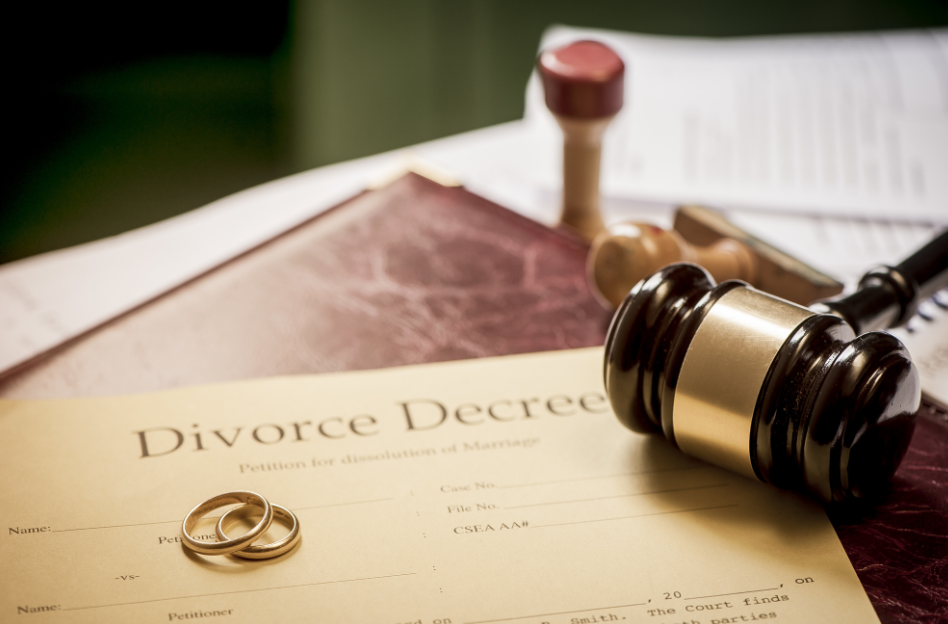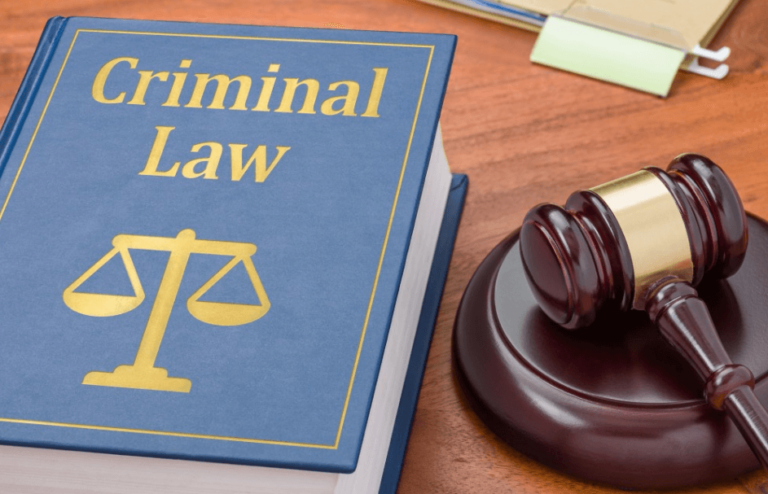Navigating Post-Divorce Compliance: Understanding Contempt of Court After a Divorce Decree
Asenqua Tech is reader-supported. When you buy through links on our site, we may earn an affiliate commission.
Key Takeaways:
- Comprehending the concept of contempt of court and its implications in the post-divorce landscape.
- Navigating the legal systems available for addressing and remedying contempt.
- Utilizing mediation and communication as effective means to prevent and resolve post-divorce conflicts.
- The vital role of emotional and familial well-being throughout the process.
Table of Contents:
- Introduction
- Contempt of Court in Divorce: An In-Depth Look
- Legal Steps to Address Contempt
- The Emotional Impact of Contempt
- Filing for Contempt: The Procedure
- Alternative Resolutions: Mediation and More
- Decree Modifications to Prevent Contempt
- Interstate Enforcement of Divorce Decrees
- Avoiding Contempt: Effective Strategies
When the dust of divorce proceedings finally settles, a legally binding decree remains — a road map for both parties to navigate their new lives while upholding certain obligations. Yet, life post-divorce can be riddled with complexities, and sometimes, a party may find themselves on the receiving end of a non-compliant ex-spouse, plunging them into the layers of legal provisions surrounding contempt of court. This piece aims to shed light on the contours of such circumstances, offering a compass for stranded individuals seeking guidance.
Navigating the aftermath of divorce often requires a delicate balance between legal enforcement and personal resilience. Understanding the nuances of contempt of court proceedings can empower individuals to assert their rights and seek appropriate remedies when faced with non-compliance. By arming themselves with knowledge and legal counsel, individuals can navigate the complexities of post-divorce life with confidence and clarity.
Introduction
Upon the finalization of a divorce, both parties are expected to fully comply with the conditions laid out in the divorce decree. However, when compliance falters or ceases, the offended party is left searching for remedies within the legal framework. This is often when the term’ contempt of court’ becomes a stark reality that requires understanding and action.
Contempt of court proceedings arises when one party fails to adhere to the court’s orders outlined in the divorce decree. Whether failing to pay alimony or child support or violating custody arrangements, these breaches can have significant consequences for both parties. Navigating contempt of court requires a clear understanding of legal rights and obligations and the procedures for seeking enforcement or remedial action.
Contempt of Court in Divorce: An In-Depth Look
Contempt of court occurs when an individual willfully disobeys a legal order, which could range from alimony to child custody agreements in the context of divorce. The courts do not take this accusation lightly, as it breaches a legal contract and undermines the legal system’s authority. Those found in contempt may face penalties, including fines, attorney fees, and, in extreme cases, incarceration.
Either party or the court can initiate contempt of court proceedings in divorce cases upon noticing non-compliance. Individuals must understand their rights and obligations under the divorce decree to avoid inadvertently breaching court orders. Seeking legal counsel and adhering to court-ordered agreements can prevent contempt of court issues and mitigate potential consequences.
Legal Steps to Address Contempt
When addressing contempt, it’s imperative to proceed with a clear understanding of the judicial process. This usually begins with a formal complaint and continues through potential courtroom proceedings. During these proceedings, the court evaluates the evidence and determines the appropriate recourse to ensure future compliance.
Enlisting the expertise of a seasoned family law attorney can significantly enhance one’s ability to navigate this terrain effectively. The attorney will offer insight into potential outcomes and help strategize the best course of legal action.
Additionally, parties involved in contempt proceedings should gather relevant documentation and evidence to support their claims or defenses. This may include communication records, financial statements, and other pertinent information about the alleged violations. Collaborating closely with legal counsel allows for preparing a compelling case and ensures that the individual’s rights and interests are advocated effectively throughout the legal process. Finally, maintaining open communication with the court and adhering to any interim orders or directives is essential to demonstrate a willingness to cooperate and resolve the matter expediently.
The Emotional Impact of Contempt
Apart from the legal implications, contempt cases can inflict significant emotional distress on all family members, including children. The turbulence of seeing parents embroiled in post-divorce conflicts can have long-lasting psychological effects on young minds.
Filing for Contempt: The Procedure
Initiating a contempt proceeding typically starts with filing a motion outlining the specifics of the violation. The accused party is then served with legal papers and allowed to respond. The court schedules a hearing where both sides can present their case, and based on the evidence, a ruling is handed down.
Alternative Resolutions: Mediation and More
Mediation presents a desirable alternative to the adversarial nature of courtroom proceedings. Through facilitated dialogue, parties can reach a mutually agreeable solution. The benefits are multifold: not only does it conserve emotional and financial resources, but it also empowers parties to have a say in the outcome.
Decree Modifications to Prevent Contempt
Life circumstances change, and a divorce decree may require modifications to reflect new realities (i.e., changes in income, relocation, and health issues). This adaptation can be a practical tool for preventing future contempt by ensuring the decree remains reasonable and enforceable. The process involves:
- Petitioning the court.
- Demonstrating the change in circumstances.
- Receiving the court’s approval for any amendments.
Interstate Enforcement of Divorce Decrees
Enforcement of divorce decrees becomes incredibly challenging when parties reside in different states. However, statutes provide legal mechanisms to address these concerns. They facilitate nationwide recognition and enforcement of family support orders, thereby upholding the integrity of the court’s ruling across borders.
Avoiding Contempt: Effective Strategies
Parties should remain vigilant in fulfilling their decree responsibilities to avert the repercussions of contempt. Clear, consistent communication and detailed documentation are the cornerstones of this approach. They clarify expectations and responsibilities and provide a written trail that may prove invaluable should disputes arise.
By proactively addressing compliance issues and fostering an environment of cooperation, ex-spouses can ensure a smoother transition into post-divorce life, safeguarding both their interests and the well-being of their children.






